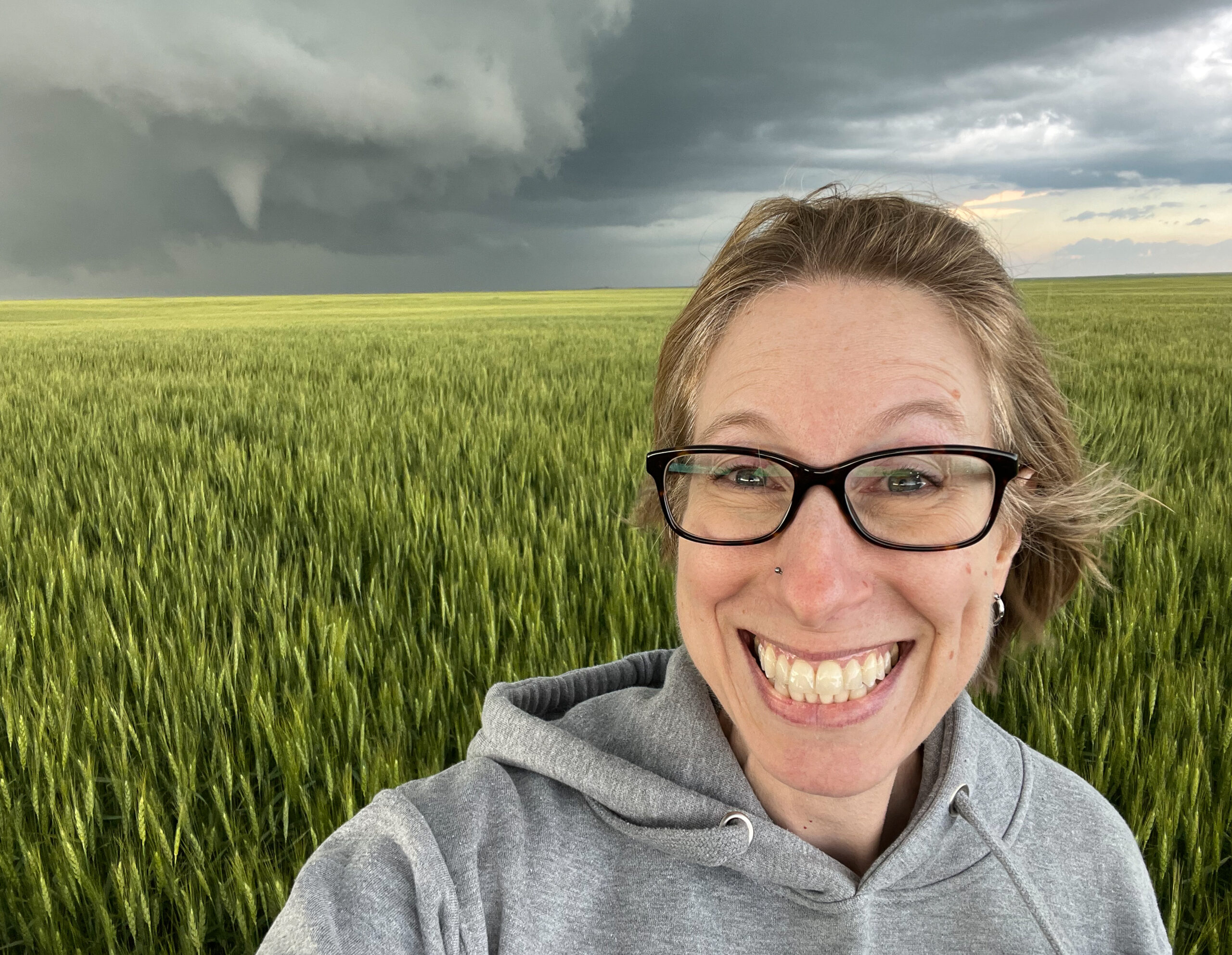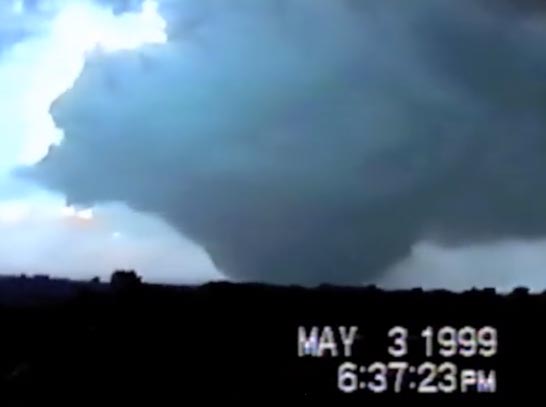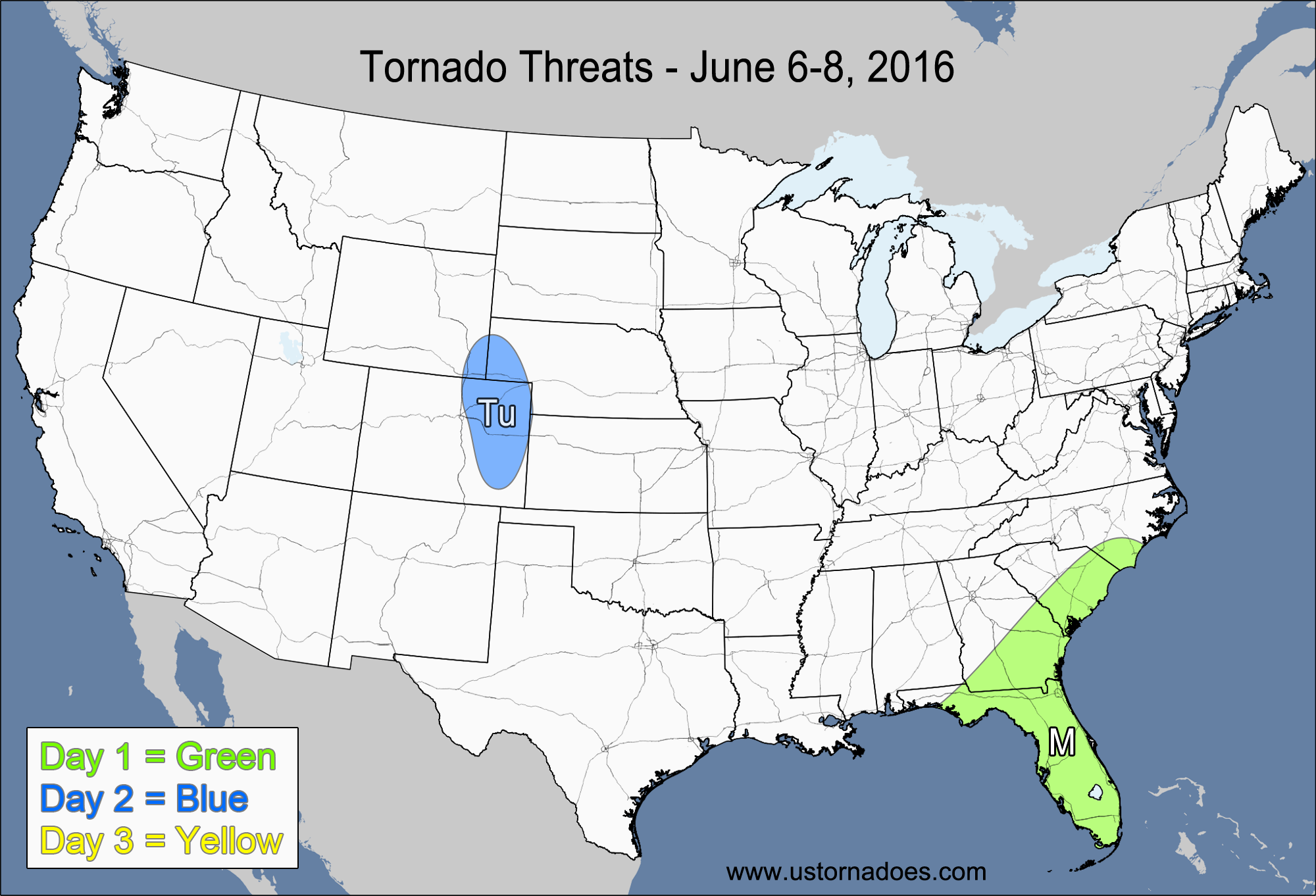
In a field historically dominated by men, Jen Walton has emerged as a transformative figure with her pioneering initiative, Girls Who Chase. By leveraging her experiences and challenges, Walton is empowering a new generation of female storm chasers and meteorologists, providing them with the visibility, education, and community support necessary to thrive in the weather community. Jen Walton’s journey into storm chasing began later in life, but her impact has been nothing short of remarkable. “I was nearly 40 when I started chasing, and that’s about 20 years too late,” she reflects. Her personal story of breaking free from self-limiting beliefs and pursuing her passion parallels the very essence of Girls Who Chase. Walton recognized that she was not alone in her struggles with self-doubt and the absence of visible female role models in storm chasing. “My education and expertise are in environmental and climate change communication, and I spent much of my 20-year career in technical fields like engineering, urban planning, and the natural sciences,” Walton explains. “Working in these arenas was a mixed bag. I had the privilege of learning from brilliant scientific minds, but I also faced a climate of unchecked misogyny and gender discrimination.”. When Walton began storm chasing in 2018, she expected a similar male-dominated environment. “In some ways, I found it,” she says. “There was a significant imbalance in content sales, engagement, and media coverage of female storm chasers. This wasn’t due to overt misogyny like in the sciences, but rather a cyclic pattern of cultural expectations and media locked in a feedback loop.” Frustrated by the lack of representation, Walton took action.
“Girls Who Chase was born out of frustration,” she admits. “I created an Instagram page to amplify women in storm chasing. The explosive response made it clear that there was a deep-rooted desire for change.” Girls Who Chase has grown from a simple Instagram account into a comprehensive media and education platform. Walton outlines the initiative’s threefold approach by tackling representation issues, providing educational resources, and fostering a supportive community. “We partner with organizations to get women on air, amplify voices, and produce our own media through the GWC podcast,” Walton explains. By showcasing female storm chasers and meteorologists, the initiative aims to dissolve cultural stereotypes and raise awareness about the contributions of women in the weather community. Recognizing a significant barrier to entry— “I don’t know how to get started”—Girls Who Chase offers accessible training on storm chasing. “In 2023, we launched our first day-long, virtual ‘storm chasing 101’ training in partnership with UCAR/COMET’s MetEd program,” says Walton. The response was overwhelming, with over 300 participants joining the event. Creating a sense of belonging is crucial. “We employ our language, social media, and events to foster a supportive, welcoming community,” Walton emphasizes. “We’re rewriting the story of a space traditionally defined a certain way, making it safe and welcoming for everyone who wants to participate.” The challenges faced by female storm chasers and meteorologists often boil down to a desire for respect. “Women are meteorologists, not ‘weather girls,’” Walton asserts. “Female broadcast meteorologists aren’t on television to show off outfits; they’re there to tell you the weather, just like their male counterparts.” Walton recalls her frustration with the status quo culture. “When I pointed out gender disparity issues, the response was often, ‘Yeah, it sucks, but storm chasing is just male-dominated and this is how it’s always been.’ That can feel really defeating.” She realized that the biggest lesson from Girls Who Chase was that “you don’t have to be big to play big.” A small Instagram page could make a significant impact by raising collective awareness. Through interviews, social media, and community engagement, Girls Who Chase has begun to disrupt the cyclic culture of gender disparity in storm chasing. “We didn’t wait for networks to cover us,” Walton explains. “We produced our own media, telling stories on the GWC podcast and using social media to elevate positive, change-making behaviors in the community.” By consistently promoting diversity and inclusion, Girls Who Chase has encouraged women and other underrepresented groups to join the storm chasing community. “Many women who were too afraid to start storm chasing have taken the plunge,” Walton shares. “Some have transitioned from chasing with tours to going out on their own, and several have pursued meteorology degrees or STEM certifications.” The initiative’s impact extends beyond women to include the LGBTQIA+ community. “We highlighted and celebrated diversity, expanding the safe space for new folks to join us and create their own weather experiences,” Walton says proudly. One of the core missions of Girls Who Chase is tackling representation issues and fostering a sense of belonging. Walton says, “We partner with organizations and networks to get women on air to amplify voices and help dissolve cultural stereotypes. We produce our own media, telling important stories on the GWC podcast and boosting content on our social media channels.” The initiative’s educational arm is equally robust. “We provide accessible educational resources and trainings on how to storm chase, both for adults and children.” Walton emphasizes the importance of community in fostering belonging. “At a community level, we’re working to rewrite a story about a space that was traditionally defined a certain way,” she says. “We want it to be safe and welcoming for everyone who wants to participate.” Despite the initiative’s success, Walton acknowledges the challenges faced by female storm chasers and meteorologists. Walton shares several examples of the subtle yet pervasive challenges women face. “Female broadcast meteorologists aren’t on television to show off outfits and be judged; they’re there to tell you the weather,” she says. “Female storm chasers on mixed-gender chase teams aren’t ‘along for the ride’—we’re equal partners in decision-making.” The initiative has received overwhelming support from the storm chasing community. “What has made us powerful and effective is having support from the entire community,” Walton notes. “The biggest lesson Girls Who Chase taught us is that you don’t have to be big to play big.” The impact of Girls Who Chase is evident in the feedback and changes within the community. Walton shares, “Many women have started storm chasing who were always too afraid to previously; some have taken the leap from only going out with tours to feeling confident enough to chase on their own; and several women have decided to get a meteorology degree or go back to school for a severe weather certificate.” Walton also highlights the broader influence of the initiative. “Our participants, educators, content producers, friends, and supporters are quite diverse—in gender, ethnicity, race, and lifestyle,” she says. “We highlighted and celebrated that diversity, expanding the safe space for new folks to step in and join us. “Walton envisions a future where Girls Who Chase is no longer necessary. “Success for us will look like failure for others,” she explains. “We will know our job is done when female storm chasers are simply known as storm chasers, and when ‘weather girls’ are recognized as meteorologists.” Despite the progress, Walton acknowledges that some still question the necessity of the initiative. “The lead character Jo from the 1996 movie ‘Twister’ is often cited as a role model,” she says. “But Jo is not real. We have real female storm chasing badasses out here who deserve to be just as well known.” To young women aspiring to enter the field, Walton offers this advice: “If this is your passion, know that you are not alone, and you do belong. There are many experts willing to share their knowledge and help you find your path. Science is hard but incredibly rewarding.” With a final empowering note, she adds, “Girls can do anything—and we’ll be here with you every step of the way.”
Through Girls Who Chase, Jen Walton has created more than just a platform for women in storm chasing and meteorology; she has sparked a movement towards greater representation, inclusion, and respect in the field. The initiative’s success stands as a testament to the power of collective action and the importance of challenging the status quo. As Walton and Girls Who Chase continue to grow and evolve, they pave the way for a more inclusive and empowering future for women in weather.
“Girls can do anything—and we’ll be here with you every step of the way.”
Jen Walton, Girls Who Chase
Candyse Arivett
Latest posts by Candyse Arivett (see all)
- Girls Who Chase: Empowering Female Storm Chasers - July 29, 2024
- The Storm Doctor: Dr. Jason Persoff - February 13, 2024

